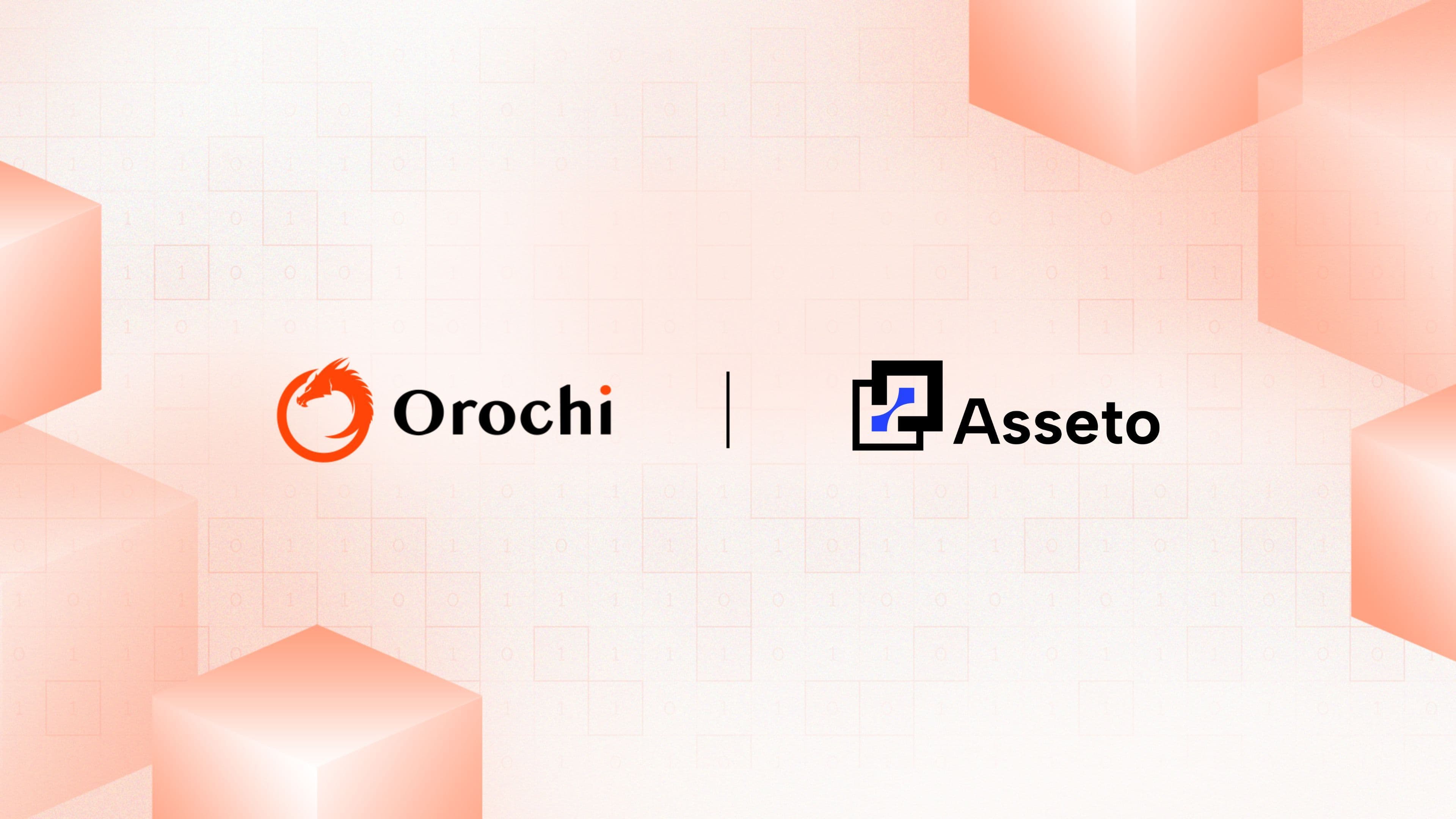
In the modern era of digital transformation and decentralized innovation, Orochi Network stands as a pioneer in applying advanced cryptography to redefine Web3 privacy, data integrity, and verifiable computation. Understanding cryptography what is and how it functions is essential for anyone developing or securing decentralized applications. Cryptography is not just a security layer, it is the mathematical foundation that makes Web3 possible.
What Is Cryptography?
Cryptography what is, the art and science of protecting data through mathematical transformations. In essence, it is the process of converting readable information (plaintext) into an unreadable form (ciphertext) using algorithms and keys. Only those who possess the correct cryptographic key can reverse the ciphertext to its original form.
At its core, cryptography ensures four fundamental properties:
Confidentiality – Only authorized users can access sensitive data.
Integrity – Any alteration to the data can be instantly detected.
Authentication – Verifies the identity of participants and sources.
Non‑repudiation – Prevents senders from denying their actions or messages.
These properties form the backbone of Web3 security, empowering decentralized systems to operate without centralized trust.
How Cryptography Works
To truly understand what cryptography is, we must explore how cryptographic systems function at a technical level.
The Encryption and Decryption Process
Cryptography transforms data through encryption—the conversion of plaintext into ciphertext using a mathematical algorithm and a key. Decryption is the reverse process, restoring the original data using the appropriate key.
- Symmetric Encryption: Uses the same key for encryption and decryption. Algorithms like AES (Advanced Encryption Standard) enable high-speed, secure data transmission.
- Asymmetric Encryption: Utilizes a pair of keys—public and private. Public keys are distributed openly, while private keys remain secret, ensuring secure exchanges across untrusted networks.
- Hashing and Data Integrity
- Hashing functions like SHA‑256 and Keccak play a pivotal role in verifying data integrity. These one‑way functions transform input data into a fixed‑length hash value. Even the smallest change to input data results in a drastically different hash—making it nearly impossible to forge.
- Digital Signatures and Authentication
- Digital signatures confirm that a message or transaction originated from a verified source and was not modified in transit. In blockchain systems, digital signatures validate transactions, ensuring ownership and preventing tampering.
Zero‑Knowledge Proofs (ZKPs)
Zero-Knowledge Proofs (ZKPs) enable one party (the prover) to mathematically demonstrate that a statement is true to another party (the verifier) — without revealing any of the underlying data. This allows verification of correctness while preserving privacy, making ZKPs one of the most transformative innovations in modern cryptography what is research.
In practical terms, ZKPs make privacy-preserving computation possible. They allow blockchain systems to verify data validity or transaction authenticity without exposing sensitive user or enterprise information.
Within Web3, this is a foundational leap — allowing transparent verification without sacrificing confidentiality.
zkDatabase: Real-World Application of ZKPs
A prime example of this innovation is Orochi Network’s zkDatabase, a verifiable data storage and processing layer built entirely on zero-knowledge cryptography. In zkDatabase: Each query or data operation is accompanied by a cryptographic proof that ensures the computation was performed correctly.
- These proofs are generated using succinct zero-knowledge circuits, enabling high-speed verification on-chain or off-chain.
- Sensitive datasets remain fully confidential, as the proof reveals only correctness, never the data itself.
- This design combines integrity, privacy, and verifiability, creating the foundation for secure Web3 databases, verifiable AI/ML computations, and cross-chain data transparency.
In short, zkDatabase demonstrates how Zero-Knowledge Proofs move from theory to production, showcasing the full power of cryptography what is in ensuring privacy, scalability, and trust within decentralized systems.
###** The Process of Cryptography in Modern Systems**
The implementation of cryptography involves multiple layers:
Key Generation – Creating random, high-entropy keys using cryptographically secure algorithms.
Encryption and Signing – Protecting data and verifying its source.
Transmission – Securely sending encrypted data over communication channels.
Verification – Ensuring that received data is authentic and unaltered.
These processes collectively power blockchain consensus, wallet security, and privacy-preserving applications.
Why Cryptography Defines Web3 Privacy and Security ?
Web3 is built upon the promise of trustless systems—networks that function securely without centralized intermediaries. Cryptography enables this trustless environment through mathematical proofs rather than human trust.
- Privacy: Zero-knowledge cryptography hides sensitive information while proving validity.
- Security: Cryptographic hashing secures transaction data and smart contracts.
- Integrity: Immutable records are guaranteed by hash-based verification.
- Ownership: Public-key cryptography ensures only private key holders control their digital assets.
As the Web3 ecosystem expands, cryptographic methods are evolving to resist emerging threats, including quantum computing. Post-quantum cryptography and Multi-Party Computation (MPC) are leading research areas ensuring that decentralized systems remain secure for decades to come.
zkDatabase: The Future of Cryptographic Verification
A compelling example of applied cryptography what is lies in Orochi Network’s zkDatabase. It integrates Zero-Knowledge Proofs to create a verifiable database layer where data integrity, availability, and confidentiality are maintained simultaneously.

- Verifiable Data Integrity: Every record in zkDatabase is cryptographically verifiable using Merkle proofs and commitment schemes.
- Data Privacy Through ZKPs: Zero-knowledge cryptography ensures data queries and proofs reveal nothing beyond the verified results.
- Scalability and Interoperability: zkDatabase operates as a modular cryptographic infrastructure, bridging chains securely and efficiently.
This design empowers developers to build Web3 applications where data can be trusted, verified, and kept private—without sacrificing performance.
Conclusion
From the encryption of your messages to the verification of blockchain transactions, cryptography defines the boundary between security and vulnerability in the digital world. As privacy becomes a defining value of Web3, cryptography’s precision, efficiency, and mathematical integrity make it indispensable.
Orochi Network, through its zkDatabase and zkDA Layer, exemplifies how next-generation cryptography what is can achieve verifiable data privacy and scalability. By pushing the limits of zero-knowledge proofs and verifiable computation, Orochi ensures that Web3 remains private, secure, and cryptographically trusted.
Experience verifiable data in action - Join the zkDatabase live demo!
Book a Demo











